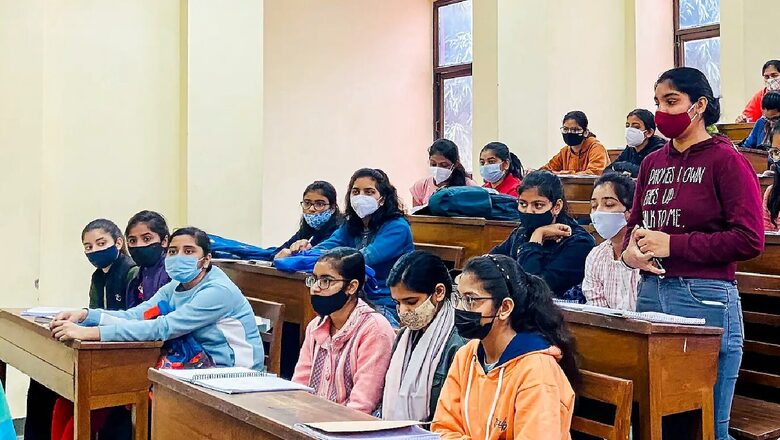
views
The All India Council for Technical Education (AICTE) has introduced the Unified Credit Framework National Higher Equation Qualification Framework (NHEQF) and National Skill Qualification Framework (NSQF) for the movement from professional and vocational education to engineering and technology. The aim is to align it with the objective of the National Education Policy (NEP) 2020.
As per the credit framework, after the completion of class 10, students will receive 3 credits, at the end of class 12 or the second year of diploma, 4 credits will be given. A student will get 6 credit after completing BE or BTech and 7 after ME or MTech. Students will get 8 Unified Credit Level (UCF) after PhD degree. “All the AICTE approved institutions/technical universities are requested to make necessary amendments in their statutes and implement the same,” read the official notice.
Also read| UGC Tweaks NHEQF, Aim at Easing Entry of Foreign Universities Into India
The council has said that at each entry, every institution or university has to identify the educational gaps or skill gaps and thereafter, offer suitable bridge course. To make the students employable after every exit, the skill component with progressive enhancement in skill in respective disciplines could be introduced in the curriculum from the first year of the programme.
#AICTEdgeIntroduction & implementation of Credit Framework for the movement from Professional/ Vocational Education to #Engineering & #Technology to align it with the objective of #NEP2020.
????https://t.co/kV3cy7O5eb @PIBHRD pic.twitter.com/FTQ90qN9h9
— AICTE (@AICTE_INDIA) July 4, 2022
The NHEQF was introduced to ensure that a student is employable after exiting their education and the credit levels would help clarify the same. As per the information brochure by AICTE, a credit framework allows vertical and lateral mobility within vocational education system and between the current education systems. The credit framework defines the rules for credit allotment and follows the NSQF regulatory framework.
Read| AICTE Directs Engineering Colleges to Develop Industry-oriented Course Modules
The framework basically allows clear pathways between ITI’s and vocational education system and consequently into conventional educational system. It does not replace the current education scenario. It defines the rules for credit allotment and follows the NSQF regulatory framework, said the council.
Read all the Latest News, Breaking News, watch Top Videos and Live TV here.




















Comments
0 comment